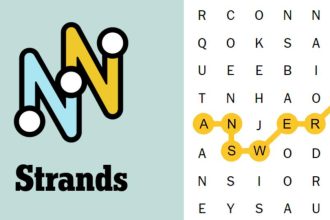Stay informed with free updates
Simply sign up to the UK inflation myFT Digest — delivered directly to your inbox.
UK inflation slowed more sharply than expected to 4.6 per cent in October thanks to a retreat in energy prices, allowing prime minister Rishi Sunak to declare he has met his pledge to halve inflation by year end.
The year-on-year rise in the consumer prices index was lower than the 4.8 per cent predicted by economists, and was well below the 6.7 per cent pace recorded for September, the Office for National Statistics said on Wednesday.
Sterling fell 0.22 per cent against the dollar to $1.2470 on Wednesday morning as the data added to the markets’ conviction that the Bank of England has finished raising interest rates.
The numbers will come as a relief to Sunak, who said in January he wanted to see inflation halve from 10.7 per cent by the end of the year. The easing inflation will provide a more positive backdrop as the government delivers its Autumn Statement next week.
Welcoming the ONS figures, Sunak said meeting his goal had required “hard decisions and fiscal discipline”.
“But while it is welcome news that prices are no longer rising as quickly, we know many people are continuing to struggle, which is why we must stay the course to continue to get inflation all the way back down to 2 per cent,” he added.

The sharp fall in headline inflation was driven in part by a reduction in energy regulator Ofgem’s price cap, reflecting lower wholesale gas prices. Slowing food price inflation also helped drag the headline number lower.
The core CPI rate, which excludes energy and food, rose by 5.7 per cent in the 12 months to October, down from 6.1 per cent in September. The rate of services inflation, which is a guide to domestic price pressures and is closely watched by the BoE, retreated further than expected from 6.9 per cent to 6.6 per cent.
Shadow chancellor Rachel Reeves said the fall in inflation would “come as some relief for families struggling with the cost of living” but warned that successive Conservative administrations had left working people “worse off with higher mortgage bills” and “prices still rising in the shops”.
The slowdown in the UK inflation rate mirrors easing price growth in other big economies and adds to evidence that central banks’ tightening cycle is over.
Consumer price growth in the US fell to 3.2 per cent in October compared with 3.7 per cent the previous month, according to figures on Tuesday, while in the eurozone inflation fell to 2.9 per cent in October from 4.3 per cent in September.
The more benign inflation readings will fuel discussion of when and where the first interest rate reductions are likely to come. In the UK, the BoE wants to see conclusive evidence that price growth and the labour market have cooled before it contemplates easing borrowing costs.
Read the full article here




